P33VBA
Share
Seamless Nitrile Gloves
-
Durable & Grippy Design: Features a seamless 13-gauge grey polyester liner with black nitrile palm coating and PVC dotting for enhanced grip, abrasion resistance, and durability.
-
Comfort & Dexterity: Lightweight construction offers flexibility and a snug fit for precision tasks, ensuring comfort during extended use.
-
Protective Performance: Provides reliable protection against mechanical risks and offers good chemical resistance, making it ideal for tough handling applications.
Abrasion
Tear
Impact Resistant
Cut
Select Size
P33VBA

Size Chart
How to Measure
P33VBA

P33VBA

EN:388:4131X
CE
Delivery & Services

Easy Return
with our 15 days return poicy
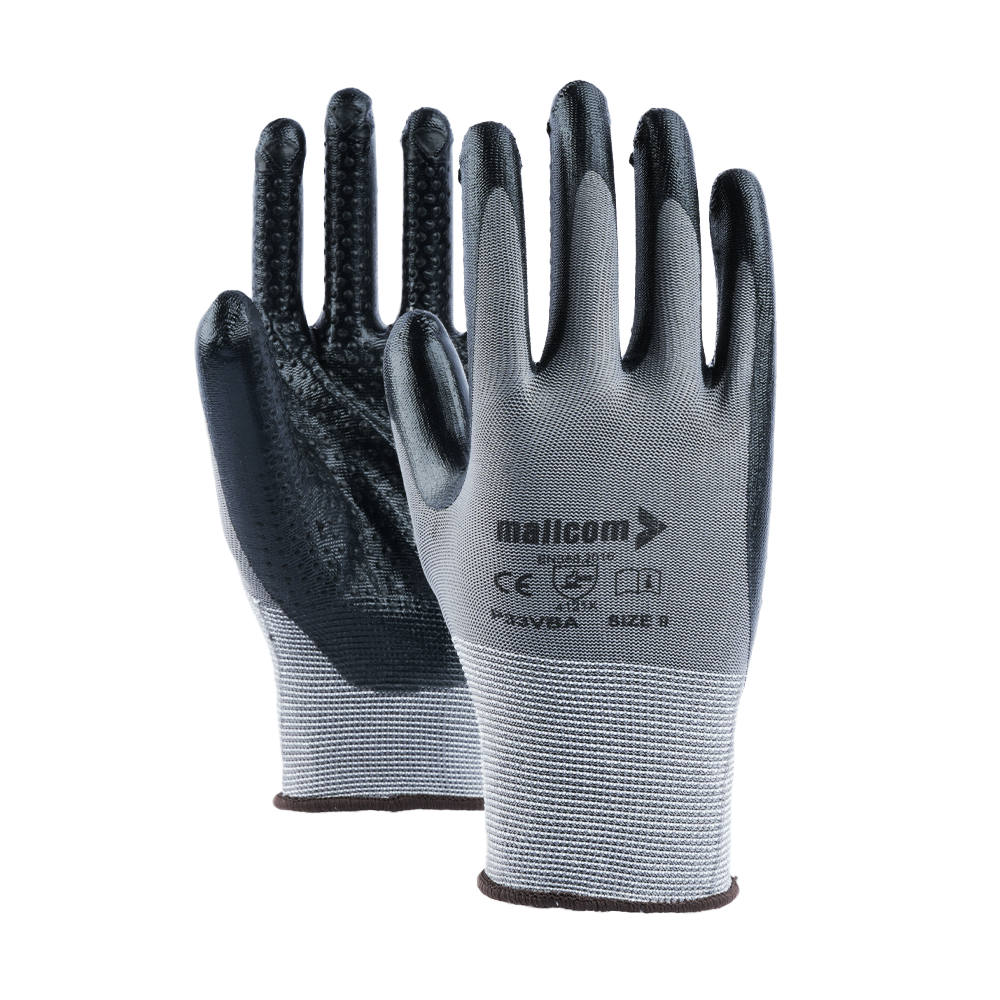
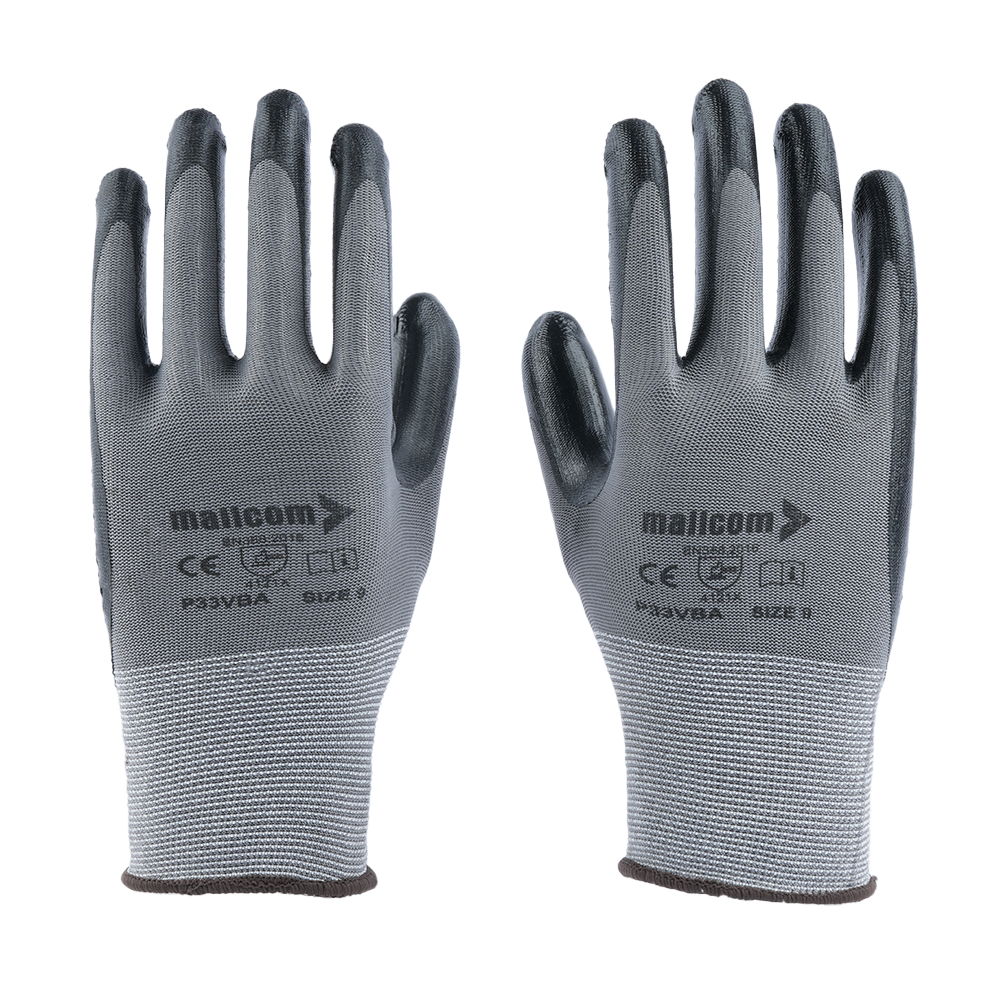
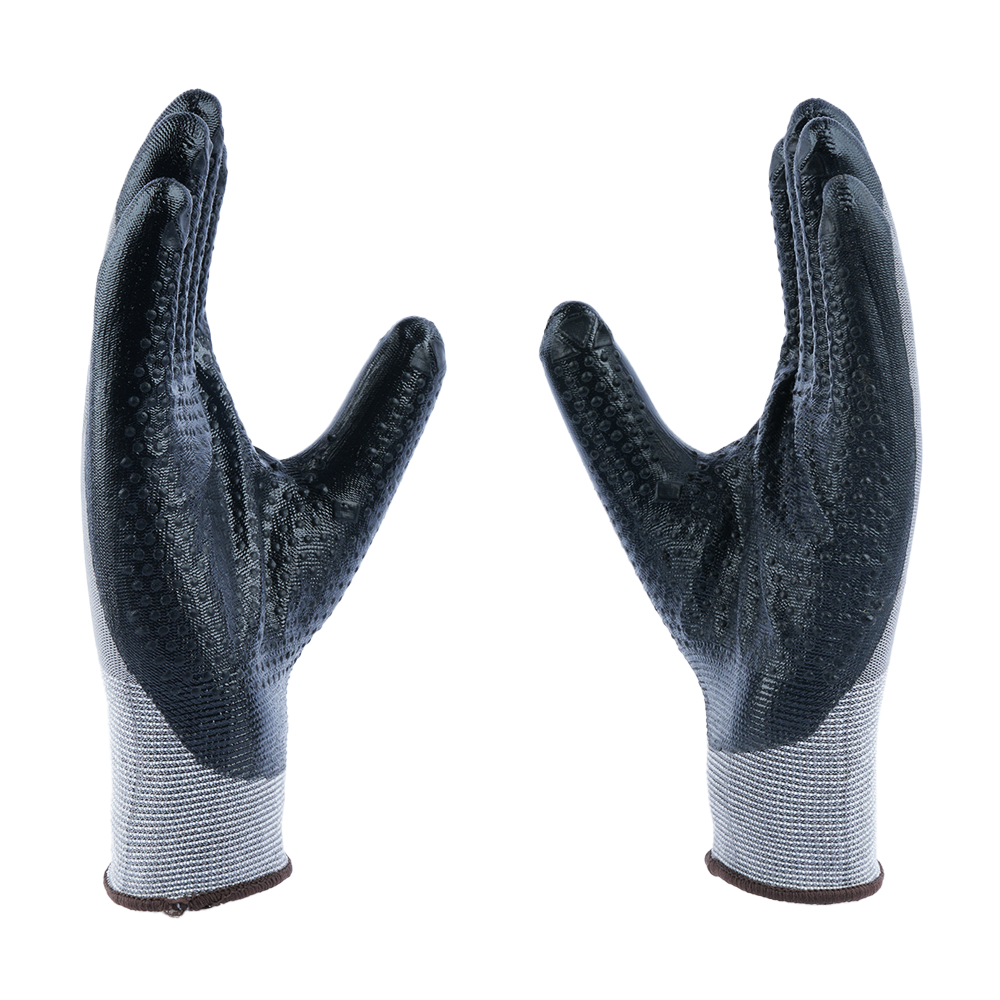
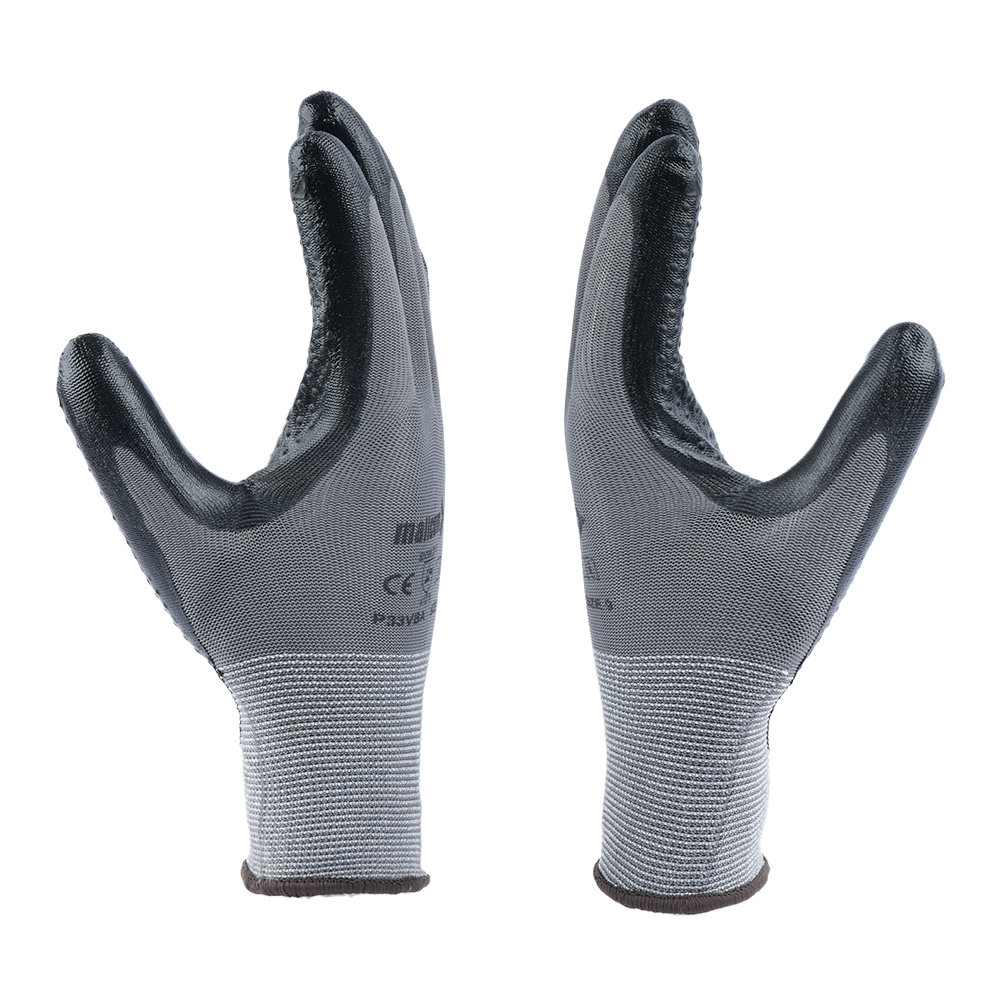
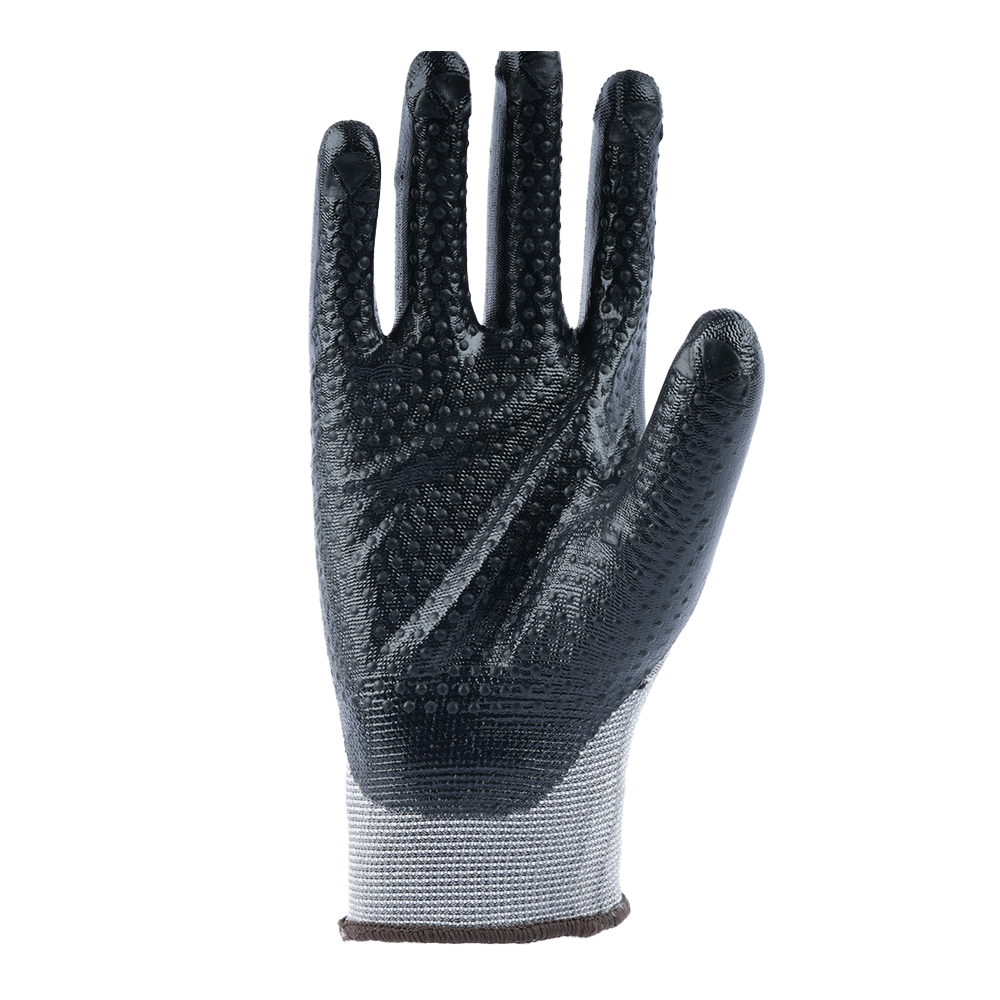
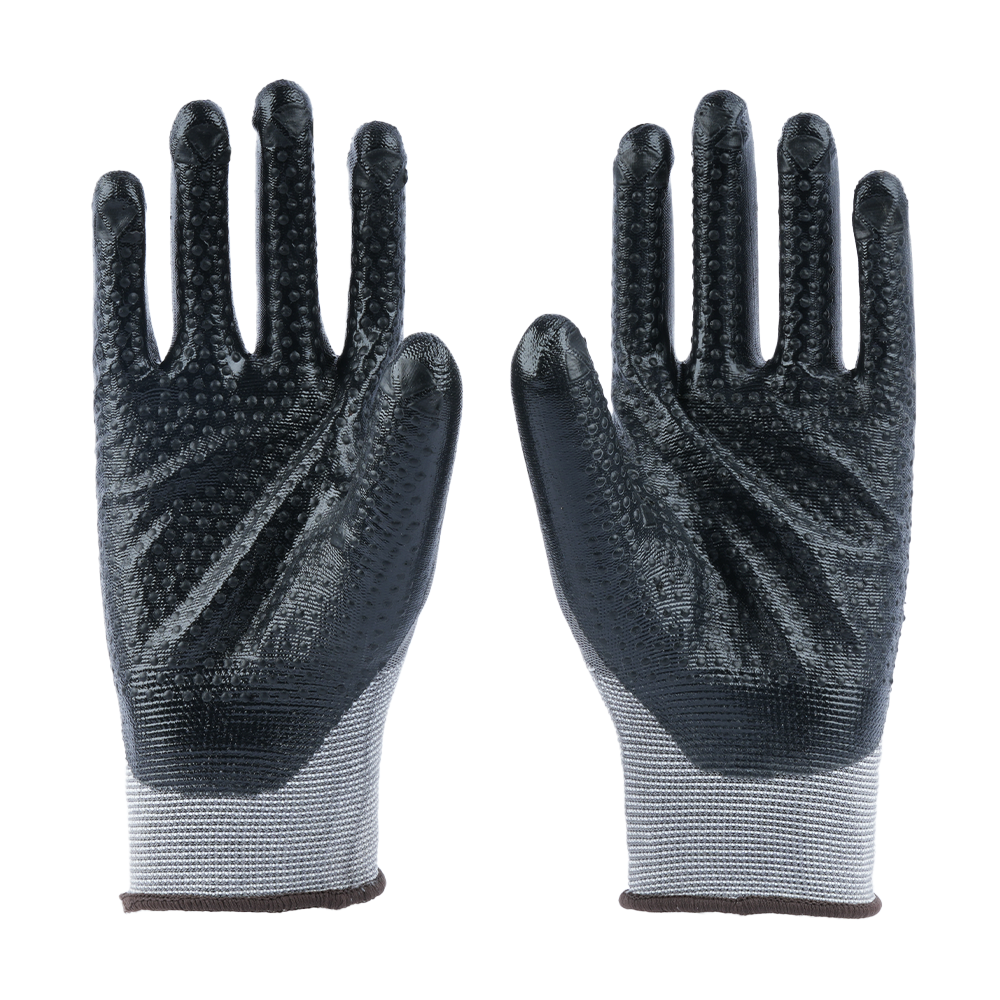
ABOUT THE DESIGN
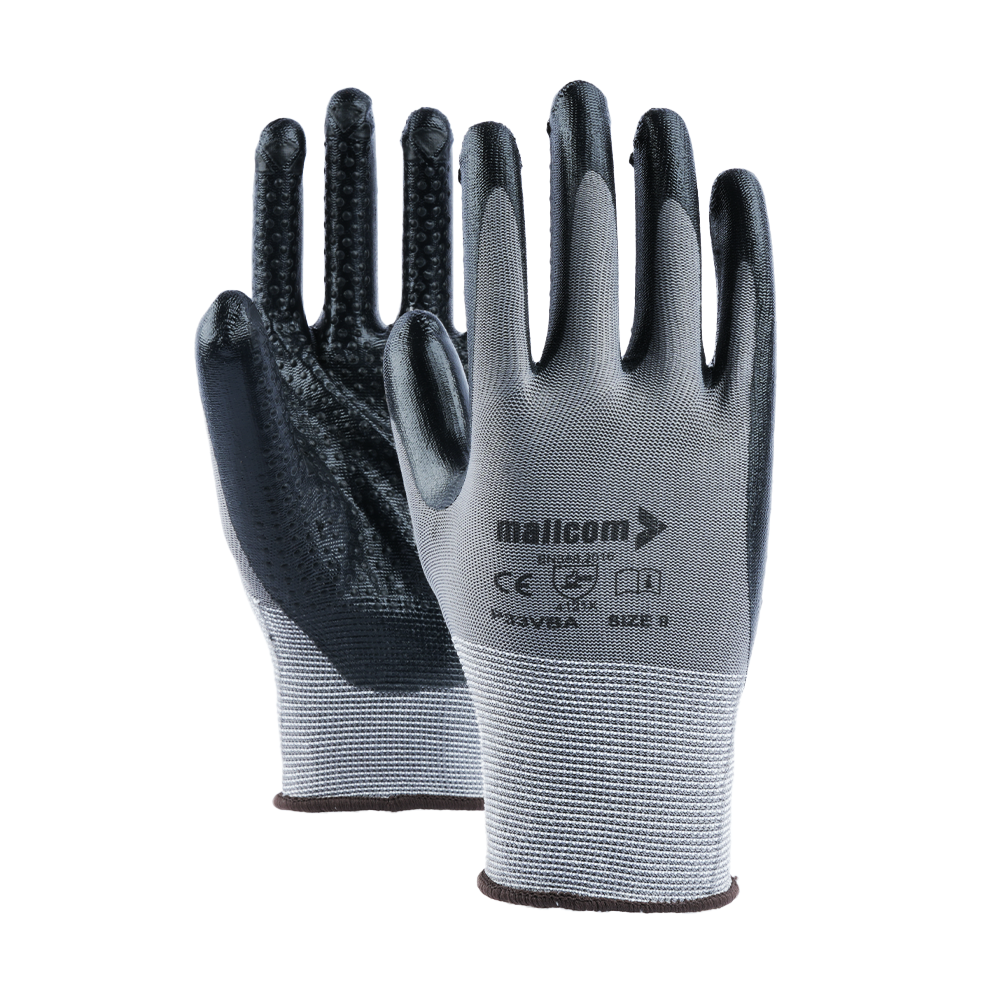
USEFUL IN THESE INDUSTRIES
AUTOMOBILE
CHEMICAL & PAINT
CONSTRUCTION

Resistance to abrasion based on the number of cycles required to abrade through the sample glove (abrasion by sandpaper under a stipulated pressure). The protection factor is then indicated on a scale from 1 to 4 depending on how many revolutions are required to make a hole in the material. The higher the number, the better the glove.
Blade cut resistance based on the number of cycles required to cut through the sample at a constant speed. The protection factor is then indicated on a scale from 1 to 5.
Tear resistances based on the amount of force required to tear the sample. The protection factor is then indicated on a scale from 1 to 4.
Puncture resistances based on the amount of force required to pierce the sample with a standardly sized point. The protection factor is then indicated on a scale from 1 to 4.
the test is terminated. A straight blade is loaded into the machine. Weight is added to serve as a force. The blade moves across the fabric. The blade is replaced with a new one to ensure accuracy. The sample is cut five times, each with three different loads. The distance traveled to cause cut through at various forces is recorded. The data is used to determine the load required to cut through the sample.
Product Features
ABOUT THE DESIGN

USEFUL IN THESE INDUSTRIES
AUTOMOBILE
CHEMICAL & PAINT
CONSTRUCTION
Product Details
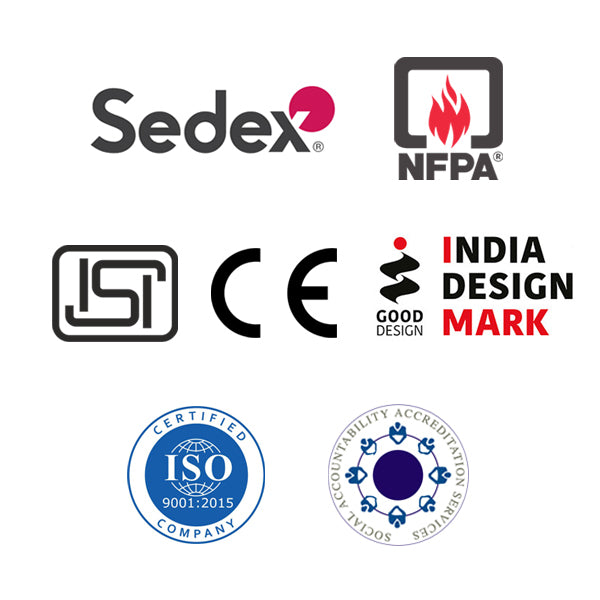
Tests
Resistance to abrasion based on the number of cycles required to abrade through the sample glove (abrasion by sandpaper under a stipulated pressure). The protection factor is then indicated on a scale from 1 to 4 depending on how many revolutions are required to make a hole in the material. The higher the number, the better the glove.
Blade cut resistance based on the number of cycles required to cut through the sample at a constant speed. The protection factor is then indicated on a scale from 1 to 5.
Tear resistances based on the amount of force required to tear the sample. The protection factor is then indicated on a scale from 1 to 4.
Puncture resistances based on the amount of force required to pierce the sample with a standardly sized point. The protection factor is then indicated on a scale from 1 to 4.
the test is terminated. A straight blade is loaded into the machine. Weight is added to serve as a force. The blade moves across the fabric. The blade is replaced with a new one to ensure accuracy. The sample is cut five times, each with three different loads. The distance traveled to cause cut through at various forces is recorded. The data is used to determine the load required to cut through the sample.


































